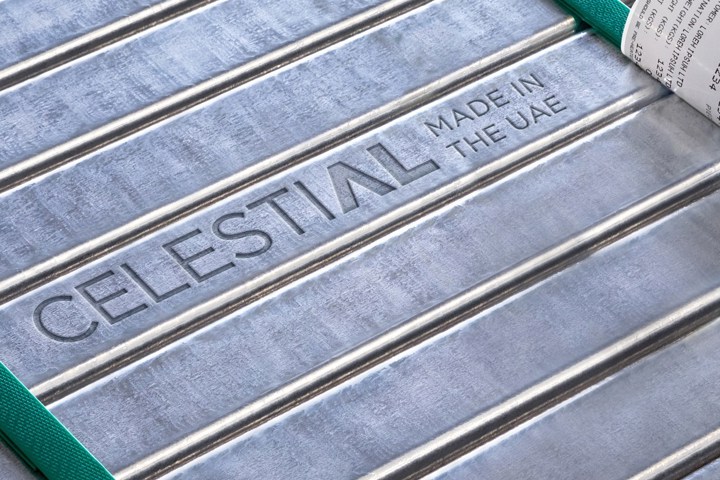

Net zero greenhouse gas emissions by 2050

Our commitment to net zero by 2050
The global scientific consensus is that we must limit global warming to 1.5 degrees Celsius to avert the worst impacts of climate change, and that this requires net zero greenhouse gas emissions worldwide by mid-century. The United Arab Emirates has announced a national strategic initiative to reach net zero by 2050.
Abdulnasser Bin Kalban - EGA CEO
Read moreOur net zero roadmap
EGA has developed a strategy to reach net zero greenhouse gas emissions by 2050, engaging both internal and external engineers, technologists and economists. We are on track to achieve a 25 per cent reduction in emissions intensity by 2030, compared to a 2020 baseline, including scopes 1 and 2, and upstream scope 3.
Our roadmap addresses each of the six main sources of our greenhouse gas emissions plus nature-based sequestration for the final emissions that are likely to remain unavoidable. Increased recycling is also playing a role in reducing the carbon intensity of our metal.
Aluminium’s role in achieving net zero

Growing in aluminium recycling
Recycling aluminium requires 95 per cent less energy than making new metal, and generates a fraction of the greenhouse gas emissions. Global demand for recycled aluminium is expected to double by 2040. EGA is building a global aluminium recycling business to meet this demand. The expansion of our recycling operations reduces the average emissions intensity of EGA’s overall metal production.
Learn more about RevivAL, EGA’s recycled aluminium.
Some important ways aluminium contributes to achieving net zero
In the transport sector, by light-weighting vehicles from electric cars to planes to make them more energy efficient while maintaining their strength and safety. Aluminium is also an important component in mass transit systems, displacing personal transport.

In the construction sector, improving the energy performance of buildings, particularly windows, curtain walls and facades. Increased use of aluminium also means more of a building can be recycled on demolition, reducing the requirement to make new material.

In the energy sector, as a key component of renewable energy technologies (especially solar photovoltaics and wind), energy storage, and the expanded electricity transmission grids required for electrification to displace hydrocarbons.

In the packaging sector, both as highly efficient packaging that uses very little material to provide the barrier to moisture and contamination required, and as a recyclable material to displace single-use plastics.









